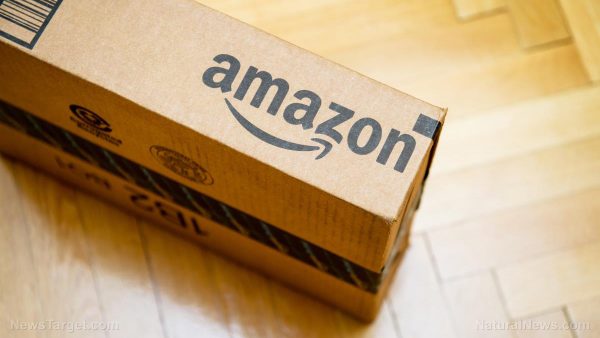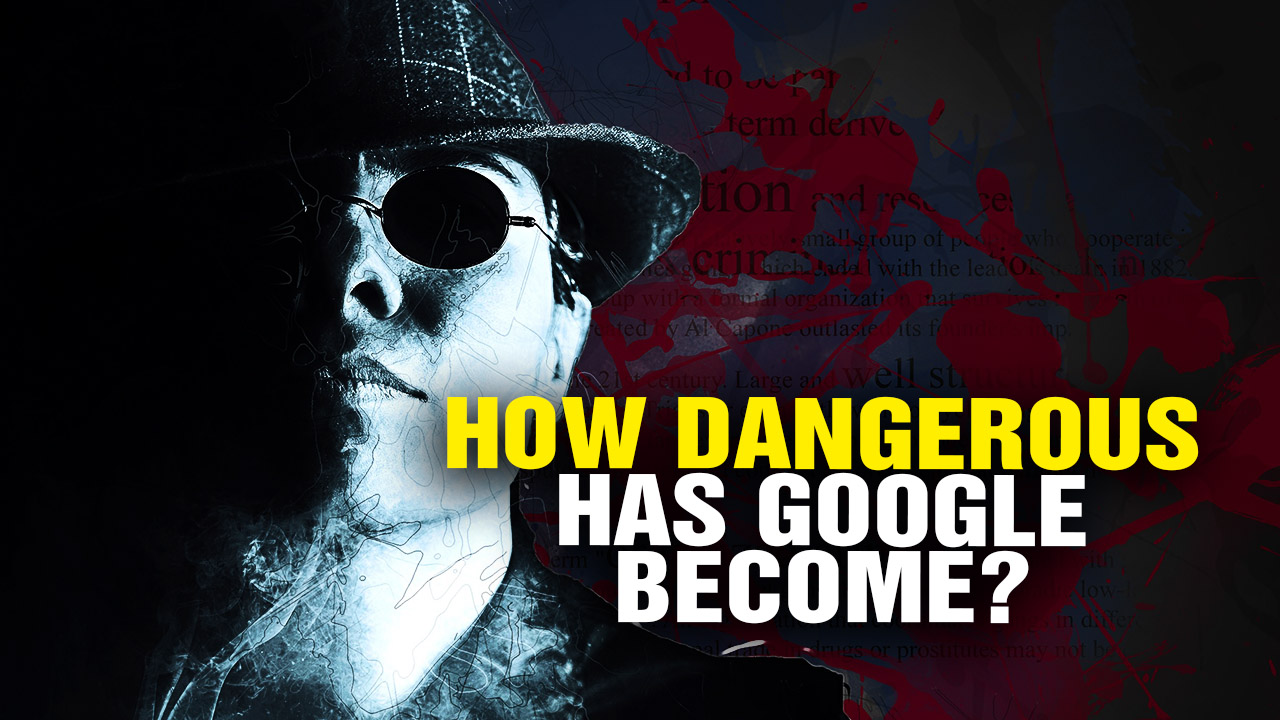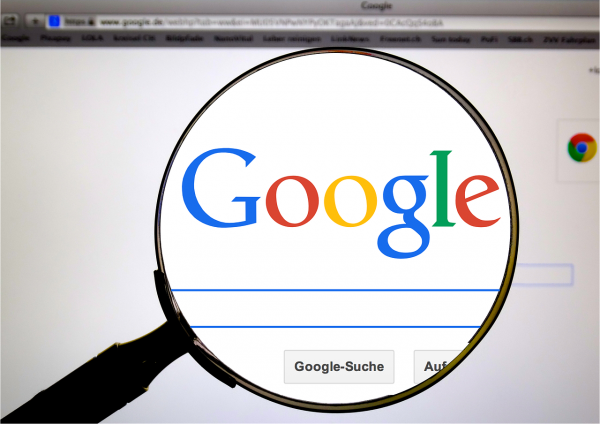Google has been busted for fraud. The multinational technology company is being questioned for charging advertisers for YouTube views seen by robots instead of people. The recent revelation suggests that Google is not doing enough to protect advertisers from the chicanery tactics of robots.
In recent years, advertisements viewed by bots — computer programs which mirror the behavior of internet users — have become a problem for marketers. The severity of the problem was underlined by a group of European researchers who conducted a simple experiment.(1)
First, the researchers uploaded videos to YouTube. They then purchased YouTube ads directed at those videos. Lastly, the researchers made some bots and directed them to watch two videos 150 times.(1)
After the robots “viewed” the videos 150 times, YouTube’s public view system marked 25 of the 150 views as real. Although YouTube’s system identified some of the fake views as real, its fraud detection system is regarded as the best on the market.(1)
AdWords charges for 91 out of 150 bot views
By contrast, AdWords, an online advertising service used by Google, charged the researchers for 91 of the 150 fake views. In other words, AdWords was charging the researchers for ads seen by bots, even though YouTube’s fraud detection system recognized the majority of them as fake.(2)
AdWords is heavily utilized by companies. Ads that appear on the top or side of screens are paid for by companies so that people will notice their product. Here’s the catch: Businesses only have to pay Google whenever someone views the web page with their ad. The results of the study suggests that AdWords is forcing companies to fork over large sums of money for ad views seen mostly by bots rather than potential customers.(2)
The researchers documented their findings in a joint paper entitled “Understanding the detection of fake view fraud in video content portals.” The authors of the paper note that, although substantial efforts had been made to understand fraudulent activity in traditional online advertising, little attention has been given to more recent forms of advertisement, like YouTube videos.(1)
The Association of National Advertisers (ANA) reports that over a quarter of online video ads were viewed by bots last year. YouTube’s online video platform generates gross revenues of more than $4 billion a year. The ANA estimates that display and video advertising will lose more than $6 billion to bots in 2015 alone.(1)
To make matters worse, the bots in the study were not sophisticated. Anyone with some basic background knowledge in coding could replicate the researchers; experiment. It’s therefore surprising that someone only just now noticed that AdWords was charging companies for fake views.(1)
Google alert!
Google issued the following statements i regards to the researchers’ findings:
“We’re contacting the researchers to discuss their findings further. We take invalid traffic very seriously and have invested significantly in the technology and team that keep this out of our systems. The vast majority of invalid traffic is filtered from our systems before advertisers are ever charged.”(3)
The results of the study were just as damaging to YouTube as they were Google, the former being an icon for video advertising.
“Furthermore, we find that YouTube penalises its users’ public and monetised view counters differently, with the former being more aggressive,” the authors of the study stated.(2)
“In practice, this means that views identified as fake and discounted from the public view counter are still monetised. We speculate that even though YouTube’s policy puts in lots of effort to compensate users after an attack is discovered, this practice places the burden of the risk on the advertisers, who pay to get their ads displayed.”(2)
Sources include:
(1) FT.com
(2) TheGuardian.com
(3) BBC.com



















